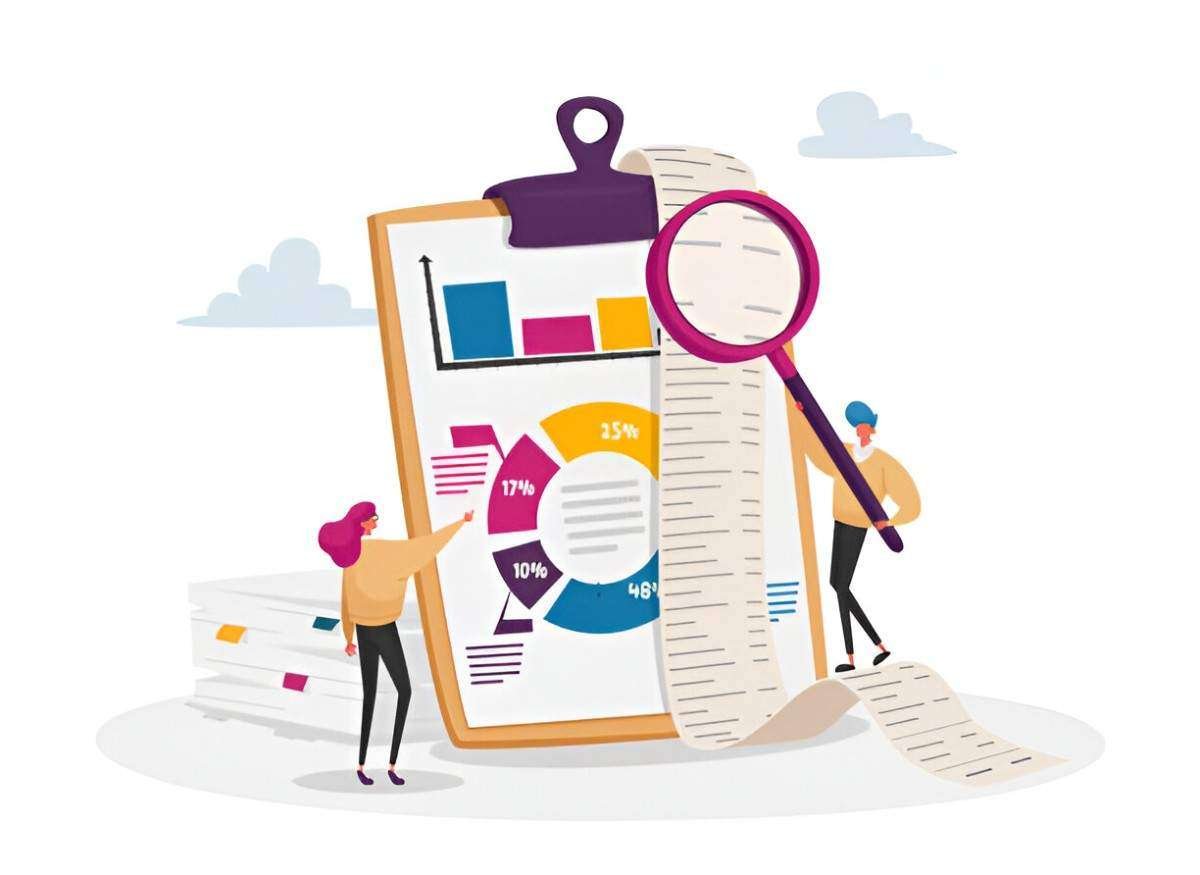In this article, we explore the concept of Balance of Payments, providing a clear definition, discussing its components, and illustrating with examples to facilitate understanding for learners of accounting and finance.
Table of Contents
What is Balance of Payments?
Definition
The Balance of Payments (BOP) is a systematic record of all economic transactions conducted between residents of a country and the rest of the world during a specific period. It serves as a comprehensive accounting system that tracks both monetary and non-monetary transactions across borders.
Key Characteristics of Balance of Payments
- Comprehensive Record: Includes all transactions involving goods, services, income, and financial assets.
- Double-Entry System: Follows a double-entry accounting system where every transaction is recorded twice: once as a credit and once as a debit.
- Economic Indicator: Provides insights into a country’s economic health and its position in the global economy.
Components of Balance of Payments
Structure and Examples
The balance of payments consists of three main components:
- Current Account: Records transactions related to the trade of goods and services, income receipts, and unilateral transfers.
- Capital Account: Tracks capital transfers and the acquisition or disposal of non-financial assets.
- Financial Account: Records financial investments and transactions, including direct investments, portfolio investments, and reserve assets.
Importance of Balance of Payments
Significance
Understanding why the Balance of Payments matters:
- Economic Health: Provides a comprehensive view of a country’s economic performance and external financial position.
- Policy Implications: Influences monetary and fiscal policies to manage exchange rates, trade deficits, and financial stability.
- International Relations: Affects international relations and trade negotiations by reflecting a country’s economic strength and global interactions.
Example of Balance of Payments
Real-World Illustration
Consider a hypothetical example of a country’s balance of payments:
Country ABC Balance of Payments (Year 20XX)
Current Account:
- Goods Exports: $50 billion
- Services Exports: $30 billion
- Income Receipts: $10 billion
- Unilateral Transfers: $5 billion
Total Current Account: $95 billion (Credits)
- Goods Imports: $40 billion
- Services Imports: $20 billion
- Income Payments: $15 billion
- Unilateral Transfers: $3 billion
Total Current Account: $78 billion (Debits)
Current Account Balance: $95 billion (Credits) - $78 billion (Debits) = $17 billion (Surplus)
Capital Account:
- Capital Transfers: $2 billion (Credits)
- Acquisition of Non-Financial Assets: $1 billion (Debits)
Capital Account Balance: $1 billion (Surplus)
Financial Account:
- Direct Investments: $25 billion (Credits)
- Portfolio Investments: $20 billion (Credits)
- Reserve Assets: -$5 billion (Debits)
Financial Account Balance: $40 billion (Surplus)
Overall Balance of Payments: $17 billion (Current Account) + $1 billion (Capital Account) + $40 billion (Financial Account) = $58 billion (Surplus)In this example:
- The current account shows a surplus of $17 billion, indicating that the country exports more goods and services than it imports.
- The capital account reflects a surplus of $1 billion, indicating net inflows related to capital transfers and non-financial asset acquisitions.
- The financial account exhibits a surplus of $40 billion, demonstrating net inflows from investments and reserve assets.
Challenges in Understanding Balance of Payments
Considerations
Key challenges include:
- Data Accuracy: Ensuring accurate measurement and reporting of transactions, including valuation and classification of financial flows.
- Currency Fluctuations: Understanding the impact of exchange rate changes on recorded transactions and overall balance.
- Global Economic Dynamics: Interpreting fluctuations due to changes in global economic conditions, trade policies, and geopolitical events.
Conclusion
In conclusion, the Balance of Payments is a vital economic tool that provides a detailed account of a country’s transactions with the rest of the world. It encompasses the current, capital, and financial accounts, offering insights into economic performance, policy decisions, and international relations. Understanding the components and implications of the balance of payments helps policymakers, economists, and businesses navigate global economic challenges, promote financial stability, and foster sustainable economic growth.
References
- Principles of international economics and balance of payments theory.
- Examples and case studies illustrating the application of balance of payments in economic analysis.
- Importance of balance of payments in evaluating national economic health and guiding policy decisions.





